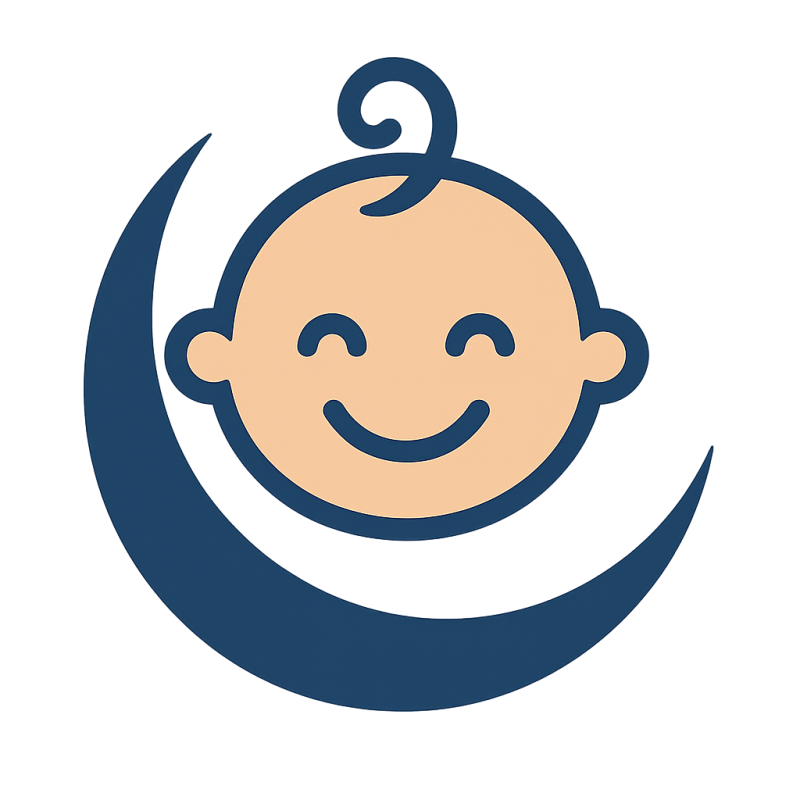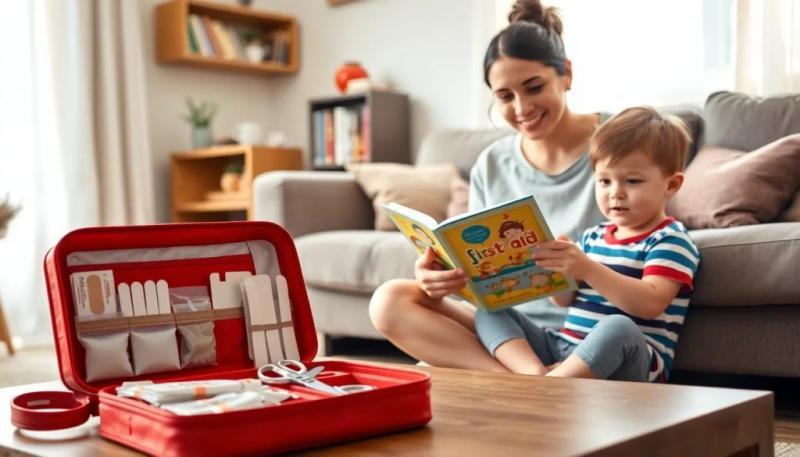When it comes to babysitting, being prepared for emergencies is crucial. A well-stocked first aid kit ensures that babysitters are ready to handle any situation that may arise while caring for children. This guide will cover the essential items every babysitter should have in their kit and tips for assembling the perfect babysitting kit.
What are the key items in a first aid kit for babysitters?
A comprehensive first aid kit is essential for babysitters, providing peace of mind and ensuring child safety. Here are some key items that should never be missing from your kit:
- Adhesive bandages: These are vital for treating minor cuts and scrapes.
- Antiseptic wipes: To clean wounds and prevent infection.
- Gauze pads and tape: For covering larger wounds.
- Instant cold packs: Useful for reducing swelling from injuries.
- Thermometer: To monitor fever in children.
In addition to these essentials, consider including a comprehensive handbook that provides guidance on first aid procedures. This can enhance your confidence and readiness during emergencies. Also, ensure you have organizational tools, such as a small container or pouch, to keep everything in place and easily accessible.
How to assemble the perfect babysitting kit?
Creating an effective babysitting kit involves more than just packing a first aid kit. Here are some essential tips for assembling a comprehensive babysitting kit:
1. Checklists: Create a checklist of essential items, including the must-have tools for babysitting emergencies.
2. Personalize the kit: Customize your kit based on the age and needs of the children you are caring for. For instance, toddlers may require different supplies than school-aged children.
3. Include fun activities: Add age-appropriate games and crafts to keep children engaged and entertained.
A well-organized kit not only enhances your babysitting experience but also provides a sense of security for both you and the parents. Ensure to regularly check and restock items that may have been used.
Do you need CPR certification as a babysitter?
While it's not legally required in many areas, obtaining CPR certification is highly recommended for babysitters. Certification can significantly improve your response to emergencies, such as choking or respiratory distress. Understanding how to perform CPR can save a child's life and provides reassurance to parents.
Additionally, many parents prefer hiring babysitters who possess CPR and first aid training. This demonstrates your commitment to child safety and emergency preparedness. Various organizations, including the Red Cross, offer courses that can equip you with the necessary skills and knowledge.
What should be included in a daycare first aid kit?
Daycare centers require a more robust first aid kit due to the higher number of children and potential for injuries. Here are some additional items to consider:
- Burn cream: Essential for treating minor burns.
- Allergy medications: Antihistamines for allergic reactions.
- Splints: For stabilizing injured limbs.
- Eye wash: To flush out irritants.
This kit should be easily accessible and clearly labeled. Regularly checking expiration dates and replacing expired items is vital to ensure that the kit remains effective in emergencies.
What fun activities can you include in your babysitting kit?
Incorporating fun activities into your babysitting kit can help create a positive experience for the children. Here are some engaging items to consider:
- DIY crafts: Simple craft supplies can spark creativity and keep kids occupied.
- Board games: Age-appropriate games facilitate interaction and enjoyment.
- Storybooks: Reading together can be a calming activity before bedtime.
Adding these items not only promotes engagement but also helps build trust with the children and their parents. Remember to rotate activities to keep things fresh and exciting.
What not to bring to your babysitting gig?
While there are many items to include in your babysitting kit, it’s equally important to know what to leave out. Here are some items to avoid:
- Personal electronics: Avoid distractions that could detract from child supervision.
- Heavy or bulky items: These can make your kit cumbersome to transport.
- Items requiring adult supervision: Keep away anything that could pose a danger without your constant attention.
By leaving out unnecessary items, you can focus on what truly matters: the safety and care of the children you are babysitting.
Questions related to babysitting safety and first aid
What are the 10 most important items in a first aid kit?
While there are numerous supplies you could include, the ten most important items in a first aid kit typically encompass:
1. Adhesive bandages
2. Antiseptic wipes
3. Gauze pads
4. Instant cold packs
5. Thermometer
6. Tweezers
7. Scissors
8. Pain relievers (appropriate for children)
9. Burn cream
10. Allergy medications
These items are essential for addressing a variety of common injuries and ailments, ensuring that babysitters can respond effectively to emergencies.
How to make a babysitting kit?
To create a babysitting kit, start by gathering essential supplies, such as first aid items, engaging activities, and child safety tools. Follow these steps:
- Choose a suitable bag: Find a lightweight backpack or tote that can hold all your items.
- Organize sections: Use small pouches to sort items into categories like first aid supplies, fun activities, and safety tools. This makes it easier to find what you need quickly.
- Regularly update the kit: Check your kit frequently to ensure that everything is stocked and nothing is outdated.
A well-prepared babysitting kit not only enhances your readiness but also builds confidence in your caregiving abilities.
Do babysitters need CPR certification?
While not always mandatory, it is highly beneficial for babysitters to obtain CPR certification. This training prepares caregivers to handle emergencies such as choking or cardiac arrest. By showing parents that you are certified, you increase your chances of being hired.
Many organizations, including the Red Cross, provide CPR classes aimed at those who care for children. Completing such a course ensures that you have the skills needed to handle emergencies effectively.
What should be in a first aid kit for daycare?
In addition to the standard first aid essentials, a daycare first aid kit should include:
- Burn cream for treating minor burns
- Allergy medications for unexpected reactions
- Splints for stabilizing injured limbs
- Eye wash to deal with irritants in the eyes
A comprehensive daycare first aid kit ensures that caregivers are equipped to handle a variety of health concerns that may arise in a busy daycare environment.




